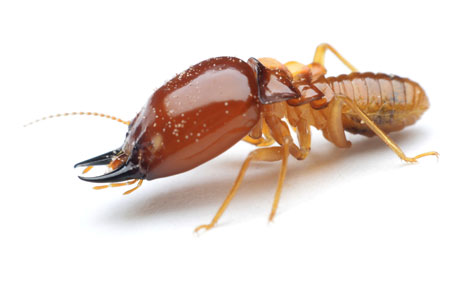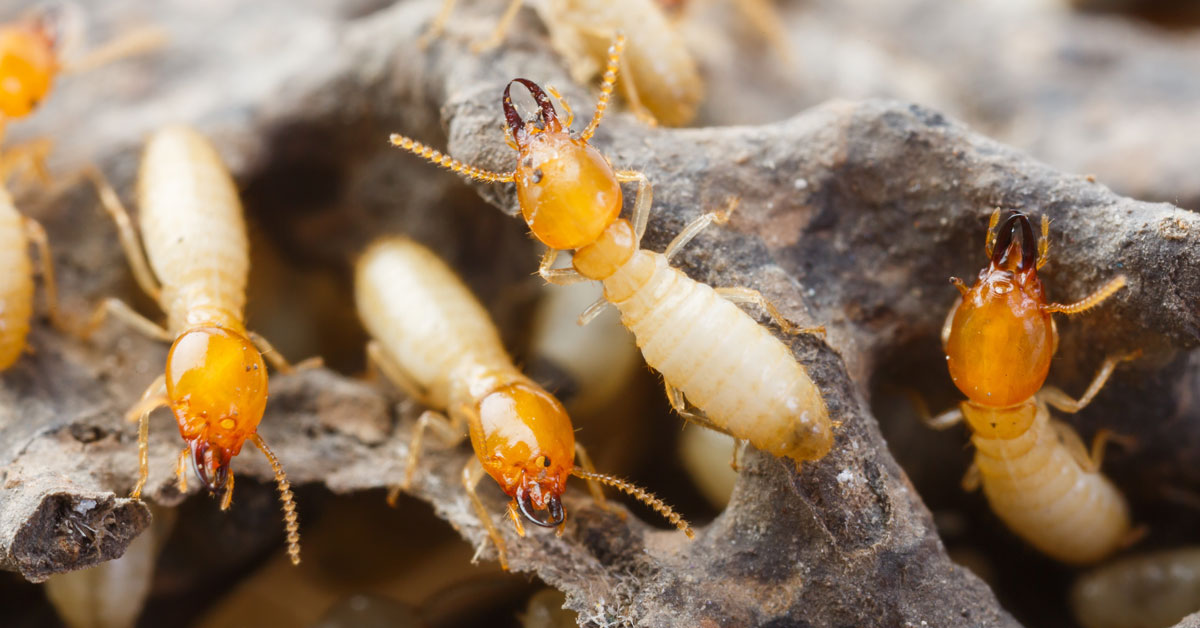How Much Do You Really Know About Termites?
Though termites might not seem like a pest you want to know more about, they have some interesting attributes and habits. From March 8 through the 14th, the Professional Pest Management Alliance (PPMA) is encouraging exterminators and pest control experts to educate consumers about termites. While they are a pest you don’t want invading your home, for Termite Awareness Week, we thought we’d shine the spotlight on these underrated critters and their more unique traits.
Titillating Termite Tidbits
Termites get a lot of criticism for the damage they can cause in homes and other structures, but there is more to these critters than just being a pesky nuisance. While you definitely shouldn’t ignore a termite infestation, it doesn’t help to dismiss them as merely a harmful pest, either. There is more to termites than meets the eye, including being ecologically valuable.
Phony Pest Perception
The notion that all termites are the same – just a bunch of destructive pests – is not valid. They aren’t all trying to chow down on your house. There are thousands of different termite species in the world – more than 3000 in fact – and of those, only five are typically found invading homes and other structures in the U.S. Just those five species can cause quite a lot of damage of course and should be dealt with as soon as possible. Still, many of the other species are quite beneficial to their ecosystems.
Soil Saviors
Termites can have a significant impact on forest ecosystems as well as crops on farmsteads. In wooded areas and forests, termites will feast on the dead and decaying trees, breaking them down so they can be recycled into healthy soil that promotes new plant growth. Their intricate underground tunnel systems also naturally aerate the land they are inhabiting, which further improves soil conditions. Studies have even found that termite poop, which contains high levels of nitrogen, works as a natural fertilizer that can increase the production of crops, such as wheat, by 36 percent.
Arthropod Architects
Termite workers cooperate without any sort of formulated plan to build impressive structures that can reach up to 30 feet tall. Some of these termites can be as small as the crescent moon shape on a fingernail. It’s a little mind-boggling to imagine a creature that small having the intelligence and muscle to build such colossal structures in comparison to their size. However, when termites work together in groups of one million or more, they become quite formidable little architects.
Termites native to Africa, Australia, and parts of Asia build massive self-regulating mounds that can naturally maintain temperature, humidity, and oxygen levels. The design of the mounds they create is so remarkable that scientists and architects have started studying termite swarm intelligence in an attempt to replicate their ingenious system.
Tiny Termite Fungus Farmers
Termite mounds are filled with fungus spores brought in by the queens when a new colony is created. The Termitomyces fungi work somewhat like a stomach, breaking down the tough cellulose mixture of partially digested wood and grass that the termites carry back with them in their stomach. The worker termites use the defecated cellulose feces to create the mazelike fungus tunnels, and the fungi then convert the unprocessed wood and grass into a high-energy mixture.
It’s an intriguing symbiotic relationship that leaves many scientists pondering who is running the show – the termites or the fungus? Are the termites using the fungus to help build their home, or is the fungus using the termites to bring it food and shelter it? For this reason, some theorize that the fungi emit a chemical pheromone that controls the termites, making them work efficiently and in unison to build a home where they can all live together in harmony.
Mandibles and Microbiomes


Their stomach, or gut, as well, is an amazing feature. Termite guts can host more than 1400 different species of bacteria, 90 percent of which can’t be found anywhere else on the planet. The bacteria in termite guts are so efficient at converting their food into energy that scientists are trying to harvest the microbes to help create biofuel from plants.
Termites in Your Home?
As fascinating as all of this information is, it’s not likely to make you pleased to find you have a termite infestation in your home. The power and abilities of these formidable critters and how they can affect an entire ecosystem proves just how much damage they can cause in your home. If you suspect termites might be chowing down in your home, you should contact an exterminator immediately.
How Anteater Exterminating Inc. in Phoenix, AZ, Can Help
Termites, as well as several other pests, are a significant issue in Arizona. Out of the thousands of termite species, only four are typically found in Phoenix, but just those four can still cause considerable damage to the structure of your home. At Anteater Exterminating Inc., we use state of the art control techniques to engage termite problems on multiple fronts. Our technicians are always learning new methods to ensure they are providing the best service possible. When it comes to termites, you don’t want to take any chances. If you suspect an infestation, call us today for quality pest control services you can count on!

